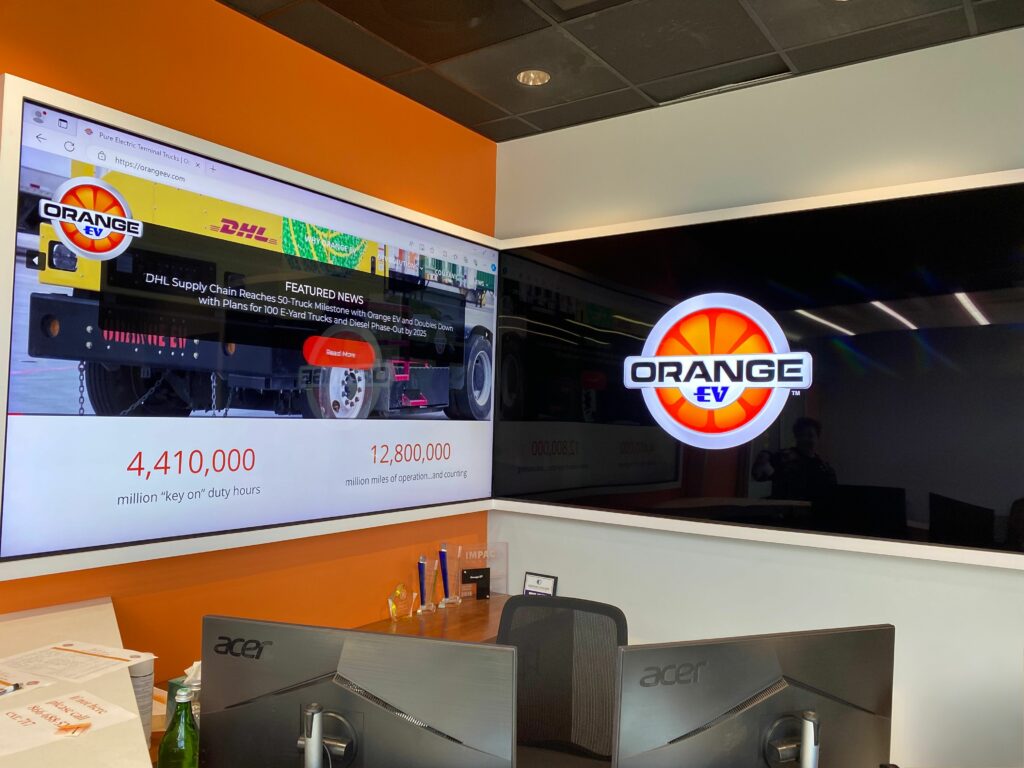
Welcome to the world of vehicle design and energy efficiency. As we all strive towards a more sustainable future, the automotive industry has been actively incorporating environmentally conscious features into their designs. One crucial tool that has aided in this process is Computer-Aided Drafting and Design (CADD).
With its advanced technology and precision, CADD has revolutionized the way cars are designed, allowing for more efficient use of energy and resources.
We will explore the various ways in which CADD has been utilized in energy-efficient car design and how it continues to play a crucial role in shaping the future of transportation.
So, “buckle up” and join us as we take a deep dive into the world of CADD and its impact on energy-conscious endeavors in the automotive industry.
Unveiling CADD’s Role in Modern Vehicle Design
In the ever-evolving landscape of automotive design, Computer-Aided Drafting and Design (CADD) stands at the forefront of innovation, seamlessly integrating sophisticated technology with the art of vehicle creation.
This transformative tool enables designers to meticulously craft models with a level of precision previously unimaginable, ensuring every curve, angle, and component contributes to the vehicle’s overall energy efficiency.
CADD’s versatility allows for extensive simulation and testing of aerodynamics, structural integrity, and fuel consumption, all within a virtual environment. This not only accelerates the design process but significantly reduces the need for physical prototypes, minimizing waste and promoting a more sustainable approach to vehicle development.
By harnessing the power of CADD, automotive engineers can identify and rectify potential inefficiencies early in the design phase, ensuring that the final product not only meets but exceeds environmental standards.
As we delve deeper into the capabilities of CADD, it becomes evident that its role in modern vehicle design is not just supportive but foundational, offering a gateway to the next generation of energy-efficient vehicles that promise to redefine our roads and our relationship with the environment.
Orange EV Leverages CADD Expertise for Innovation
At the cutting edge of the electric vehicle industry stands Orange EV, a trailblazer in the realm of industrial electric vehicles. Founded in 2012 and nestled in Riverside, Missouri, Orange EV has etched its name in history as the inaugural manufacturer to offer 100% electric Class 8 vehicles, marking a significant milestone in sustainable transportation.
This remarkable achievement is grounded in their strategic utilization of Computer-Aided Drafting and Design (CADD) talent, a testament to their commitment to innovation and excellence in vehicle design.
By integrating CADD into their design process, Orange EV ensures that each vehicle is energy efficient and environmentally responsive.
In a testament to their pioneering spirit, Dr. Joy, the founder of RW2, was recently invited for an exclusive tour at the Orange EV facility. This visit underscored the company’s dedication to pushing the boundaries of electric vehicle technology through the adept use of CADD.
By meticulously employing this advanced tool, Orange EV continues to lead the way in the design and production of electric vehicles that are not only environmentally friendly but also poised to meet the diverse needs of the modern industrial world.
Sustainable Car Design: CADD’s Impact on Energy Efficiency
Sustainable car design is a pivotal aspect of the automotive industry’s shift towards a greener future. Computer-Aided Drafting and Design (CADD) plays an instrumental role in this transition, providing an avenue for innovation and precision in creating energy-efficient vehicles.
Let’s explore some notable examples of how CADD facilitates this critical endeavor:
- Designers use CADD to simulate wind tunnel tests to improve vehicle shapes and fuel efficiency.
- CADD explores lighter, safer vehicle component materials, reducing fuel consumption.
- CADD’s precise design and testing optimize EV battery and component placement and integration, maximizing range and efficiency.
- Smart CADD simulations help create electric vehicle cooling systems that maximize battery performance and lifespan.
- CADD is used to improve regenerative braking systems, capture and store more energy for later use, and increase vehicle efficiency.
These examples underscore CADD’s indispensable role in advancing sustainable car design, enabling the automotive industry to meet the pressing demands of energy efficiency and environmental stewardship.
CADD and the Future of Autonomous Vehicles
As some of the automotive industry moves towards the integration of autonomous vehicles, CADD is emerging as a pivotal force in shaping their development. This innovative tool facilitates the design of advanced sensor systems and the optimization of vehicle frameworks for enhanced safety and efficiency.
With CADD, engineers can simulate and refine the complex interactions of autonomous vehicles within dynamic environments, ensuring a future where roads are safer and travel is more efficient.
RW2 will start offering a Computer-Aided Drafting and Design (CADD) program on April 22, 2024, for those who are interested in the possibility of contributing to this cutting-edge evolution. The program spans just 14 weeks, with an opportunity to experience the first two weeks of classes at no obligation.
Dive into the future of vehicle design and embrace the opportunity to influence the development of autonomous vehicles. Enroll now and be part of the next wave of innovation in automotive design. See if you are eligible for a scholarship or grant!



